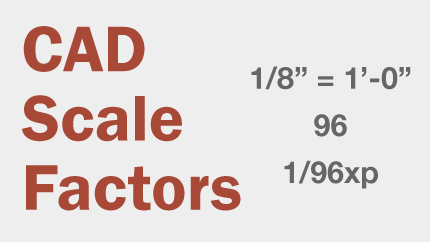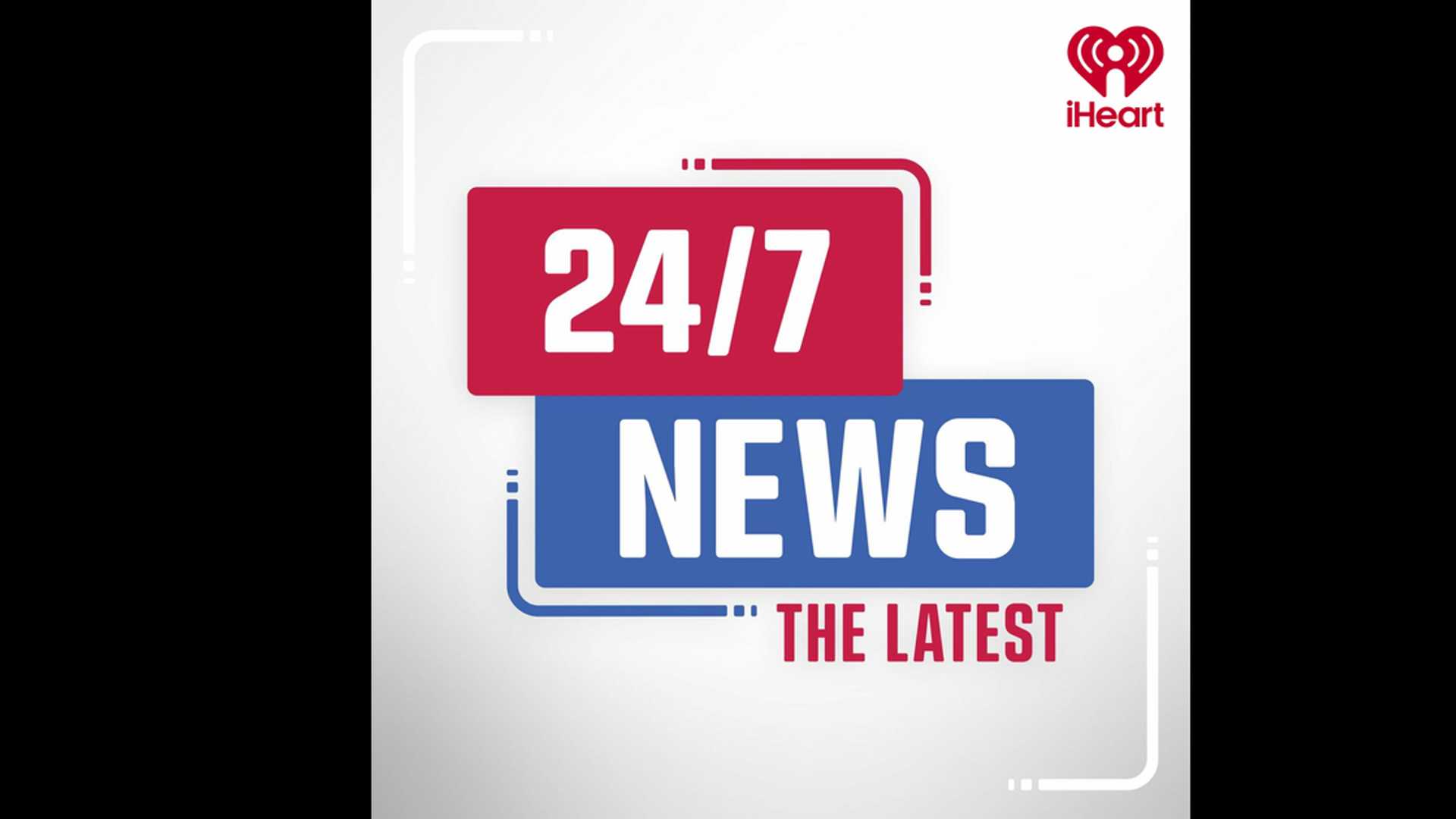How to Scale Engineering Drawings with ChatGPT: A Guide
When discussing whether ChatGPT can scale engineering drawings, it’s essential to first understand what scaling entails in the context of engineering design. Scaling engineering drawings means adjusting the size of the drawings while maintaining the proportions and relationships of various components. This is crucial in fields such as architecture, civil engineering, and mechanical design, where accuracy and precision are essential.
Understanding Scaling in Engineering Design
In engineering, accuracy is indispensable. When a drawing is scaled improperly, it can lead to disastrous consequences in real-world applications. For instance, in a mechanical design, if the dimensions of a component are incorrectly scaled, it may result in parts that do not fit together, leading to operational failures. This need for precision raises the question of whether ChatGPT can be reliable in scaling these drawings correctly.
ChatGPT, while not a specialized CAD software or drawing tool, can assist in understanding the principles of scaling. For example, it can explain that scaling involves establishing a scale factor. If a scale of 1:2 is used, every measurement on the original drawing is doubled in size. ChatGPT can provide guidelines and formulas related to scaling that engineers can use to maintain accuracy when creating or modifying drawings.
Calculating Scale Factors
Calculating scale factors for engineering drawings is a key component of scaling. One way ChatGPT can assist is by providing step-by-step guidance on how to determine scale factors based on the specific requirements of the project. For instance, if an engineer needs to reduce a drawing from its original size by 75%, ChatGPT can guide them through the mathematical calculation.
This simple formula can help engineers ensure that they are scaling down their drawings accurately. Additionally, ChatGPT can help generate tables that summarize common scale factors, making it much easier for engineers to reference during the design process.
Facilitating Communication and Collaboration
Effective communication and collaboration among teams are vital when engineering drawings are adjusted. ChatGPT can facilitate this by providing a platform for discussion on best practices related to scaling engineering drawings. By asking questions about what specific elements need scaling and how different stakeholders visualize these changes, ChatGPT can help streamline communication.
For example, if a civil engineer is working with an architectural team, ChatGPT can suggest drafting visual aids that represent scale changes, along with the textual explanations. This ensures all parties are on the same page, thereby reducing misunderstandings that can result from inaccurate scaling.

Integration with Specialized Software
Many engineers use specialized software for creating and modifying engineering drawings, such as AutoCAD or SolidWorks. ChatGPT can explain the workflows using these tools and provide insights into how to scale drawings effectively within them. Engineers can request tutorials or best practices on using specific tools or features that allow them to enter scale factors and adjust measurements.
Limitations and Future Possibilities
While ChatGPT can provide a wealth of information and guidance on scaling engineering drawings, it is essential to recognize its limitations. For starters, it does not possess automated drawing capabilities or 3D modeling features that dedicated design software provides. As a result, ChatGPT can only serve as a supplementary tool rather than a replacement for engineering software.
Considering the rapid pace of technological advancement, there might be future iterations of ChatGPT or similar AI that integrate directly with engineering drawing software. Such adaptations could allow users to input drawing dimensions and automatically receive scaled drawings. This could revolutionize how engineers approach drafting tasks.
In summary, while ChatGPT cannot autonomously perform the act of scaling engineering drawings, it serves as an invaluable resource for engineers by providing calculations, guidance, collaboration insights, and educational materials. By understanding its limitations and integrating it effectively within their existing workflows, engineering professionals can leverage ChatGPT to enhance their approach to scaling engineering drawings, thereby improving the accuracy and efficiency of their projects.




















